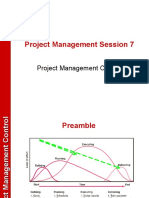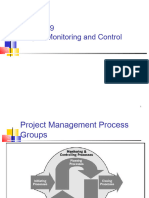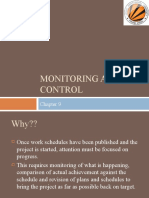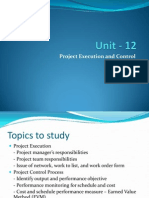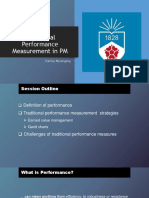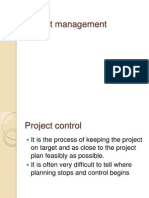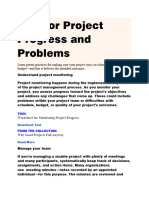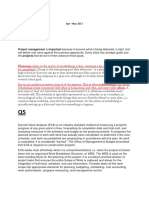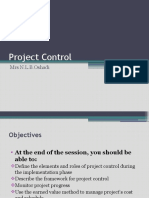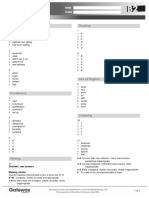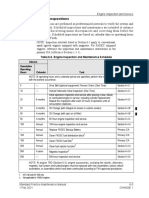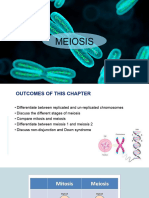0% found this document useful (0 votes)
19 views31 pagesTechnical Consulting Module Project Management Part 4
The document provides an overview of project management, focusing on project plan execution, monitoring, control, and cost management processes. It emphasizes the importance of integrated change control, risk management, and communication strategies throughout the project lifecycle. Additionally, it outlines methods for evaluating project success and encourages continuous improvement through lessons learned.
Uploaded by
sunil soniCopyright
© © All Rights Reserved
We take content rights seriously. If you suspect this is your content, claim it here.
Available Formats
Download as PPTX, PDF, TXT or read online on Scribd
0% found this document useful (0 votes)
19 views31 pagesTechnical Consulting Module Project Management Part 4
The document provides an overview of project management, focusing on project plan execution, monitoring, control, and cost management processes. It emphasizes the importance of integrated change control, risk management, and communication strategies throughout the project lifecycle. Additionally, it outlines methods for evaluating project success and encourages continuous improvement through lessons learned.
Uploaded by
sunil soniCopyright
© © All Rights Reserved
We take content rights seriously. If you suspect this is your content, claim it here.
Available Formats
Download as PPTX, PDF, TXT or read online on Scribd
/ 31























